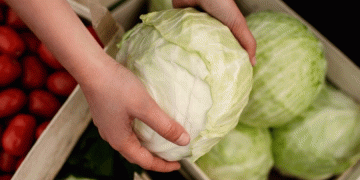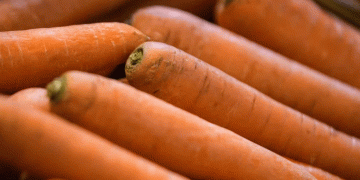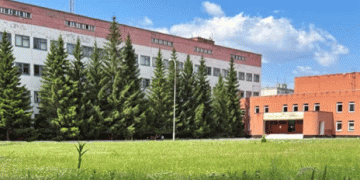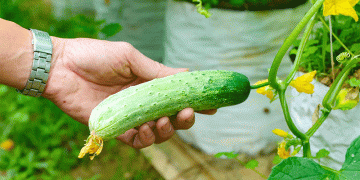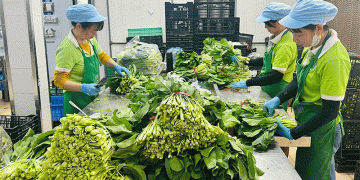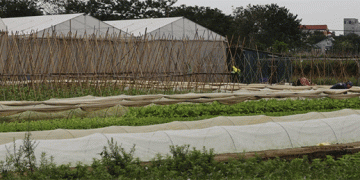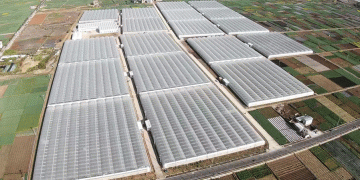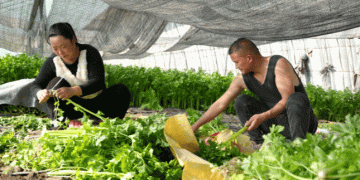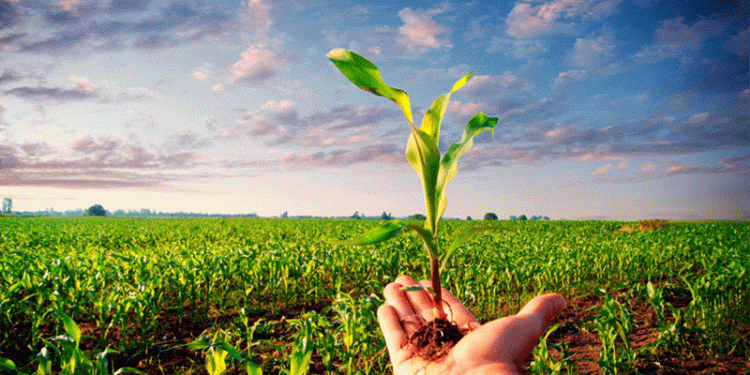According to the regional Minister of Agriculture, Artem Ivanov, Kaliningrad’s agribusiness sector currently employs around 23,000 workers, with 8,000 in farming and 14,000-15,000 in food processing. However, despite this significant workforce, the industry faces a growing labor shortage—a challenge that could hinder future expansion.
The Coming Workforce Gap
Ivanov projects that by 2030, Kaliningrad’s agricultural sector will need an additional 10,000 workers to meet investment demands. This shortfall is already being felt, with agribusinesses competing to recruit young talent. To address the gap, the region is investing in agricultural education, including specialized “agro-classes” and university programs.
Globally, labor shortages in agriculture are not unique to Russia. The UN Food and Agriculture Organization (FAO) reports that rural workforce declines are a growing trend, particularly in developed and rapidly mechanizing regions. Meanwhile, OECD data shows that automation and vocational training are key strategies to mitigate labor gaps—something Kaliningrad is already pursuing.
Attracting the Next Generation
With agribusinesses actively recruiting students, Kaliningrad’s focus on youth engagement mirrors broader agricultural trends. The World Bank emphasizes that modernizing agriculture and improving rural employment conditions are critical to sustaining food systems. If Kaliningrad succeeds in training and retaining skilled workers, it could serve as a model for other Russian regions facing similar challenges.
Kaliningrad’s agri-food sector is poised for growth, but its success depends on overcoming labor shortages. By expanding agricultural education and enhancing career incentives, the region can secure the workforce needed to meet its 2030 targets. Otherwise, unchecked labor gaps could slow down one of Russia’s most dynamic agricultural hubs.















